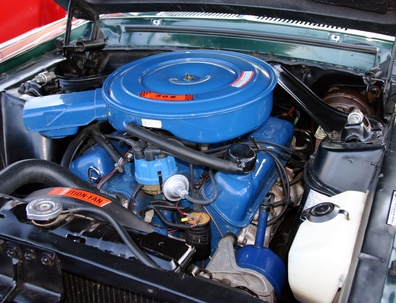
Electronic distributors replaced point distributors in automobiles throughout the 1970's. Since then there have been vast improvements, although distributors contain essentially the same components and operate on the same principles. Some newer vehicles have distributor-less ignition systems, relying entirely on sophisticated computer systems for timing and spark distribution. With a vehicle manual for specific specifications, and a few simple tools, diagnosing a no spark condition follows a few simple steps.
Remove the distributor cap, and have an assistant crank the engine. Ensure that the distributor rotor is turning. If it is not, the distributor shaft is damaged or the timing belt or chain is broken. Remove the distributor and check the shaft first. Then check the other timing components.
Remove the electronic control module, and check it using the owners manual, or take it to a local auto parts store that offers free electrical component testing. If the control module tests bad, replace it.
Check the ignition coil. It is rare for the ignition coil to fail, so follow the test procedures in the manual carefully or have the component tested by a local auto parts stores. Testing coils is not always accurate as the primary tests are static, not dynamic. If there is any doubt, replace the coil.
Check the pick up coil. Many distributors use a magnetic pick up coil, and it will occasionally fail due to a broken connection or a jolt that causes the magnet to loose its magnetism. Follow the steps in your manual and check resistance on the pick up coil. If the resistance is outside of specifications, replace the pick up coil.
On older vehicles check the ballast resistor. If your ignition coil is the type that uses an external resistor, such as older dodge vehicles, check the voltage at the hot side of the coil. It should only be about 9 volts when the engine is turned over. If it is higher, the coil may not fire, and the extra voltage can cause the coil to fail. Replace both the resistor and the coil if the voltage reading is high.